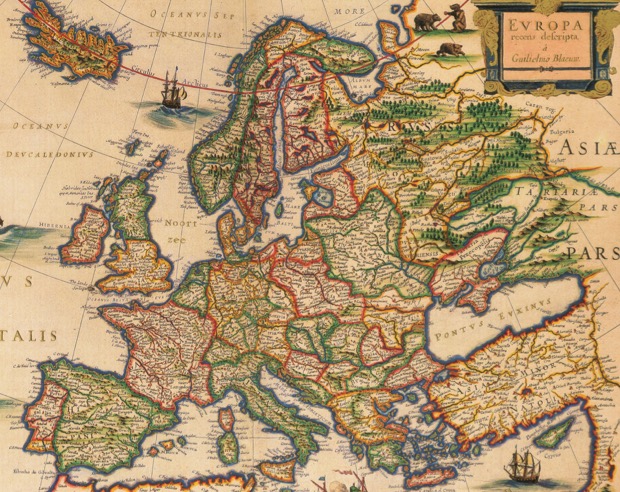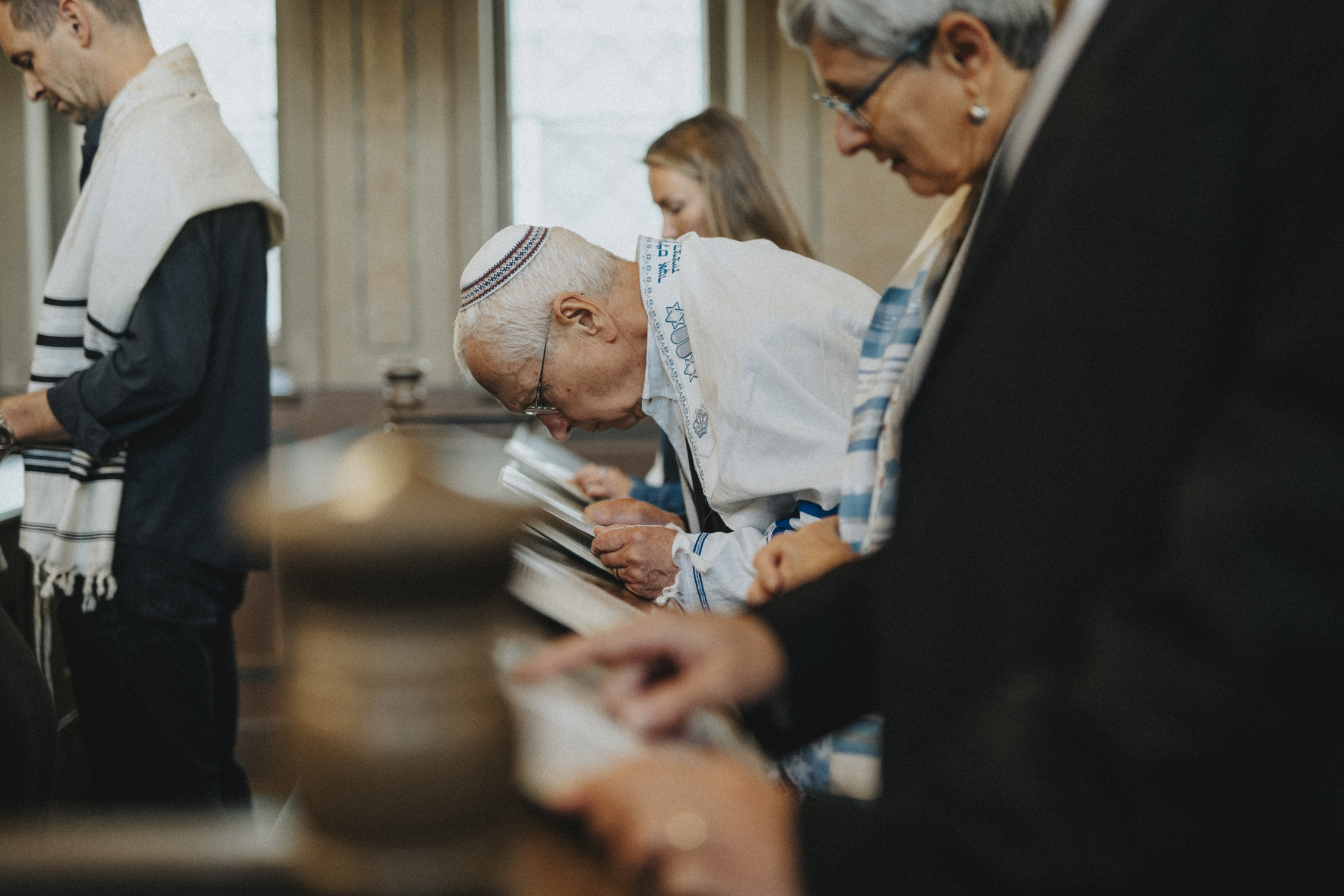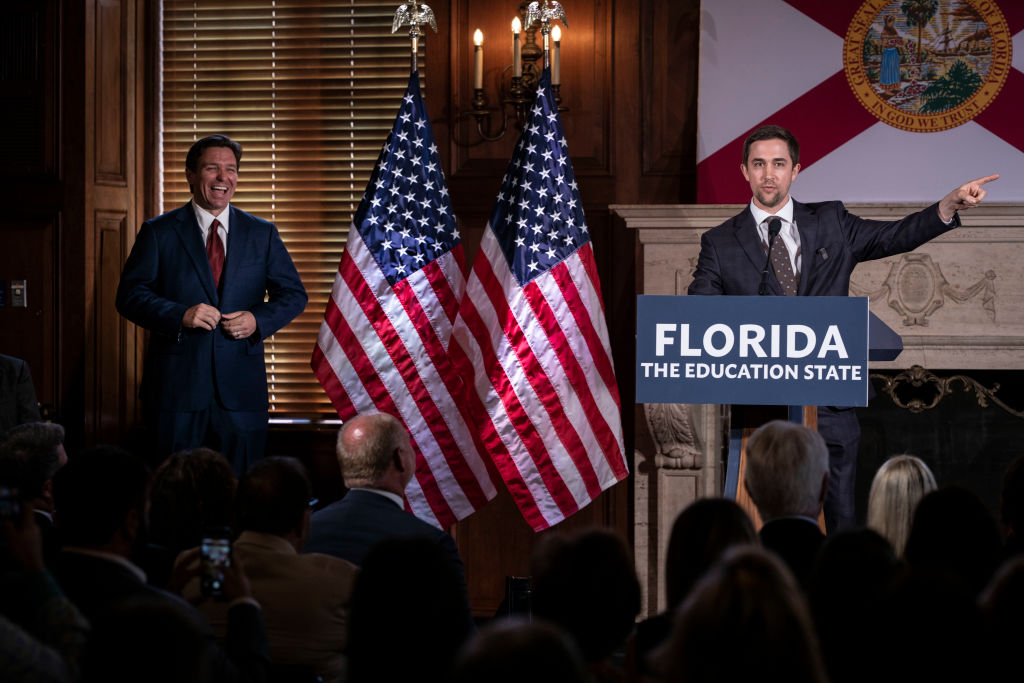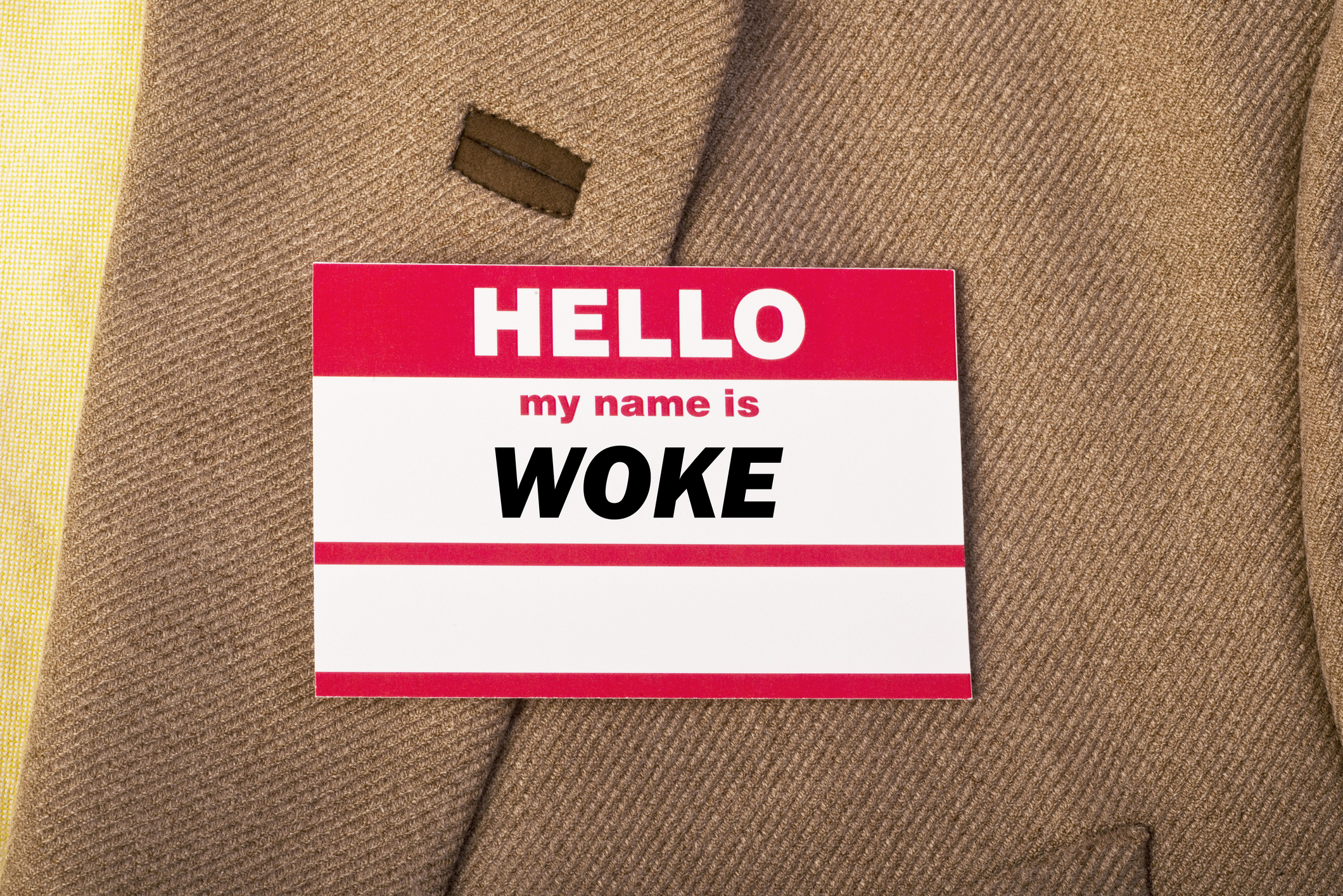Resurgent national sovereignty movements are back and validated by expanding electoral mandates.
When Worlds Collide
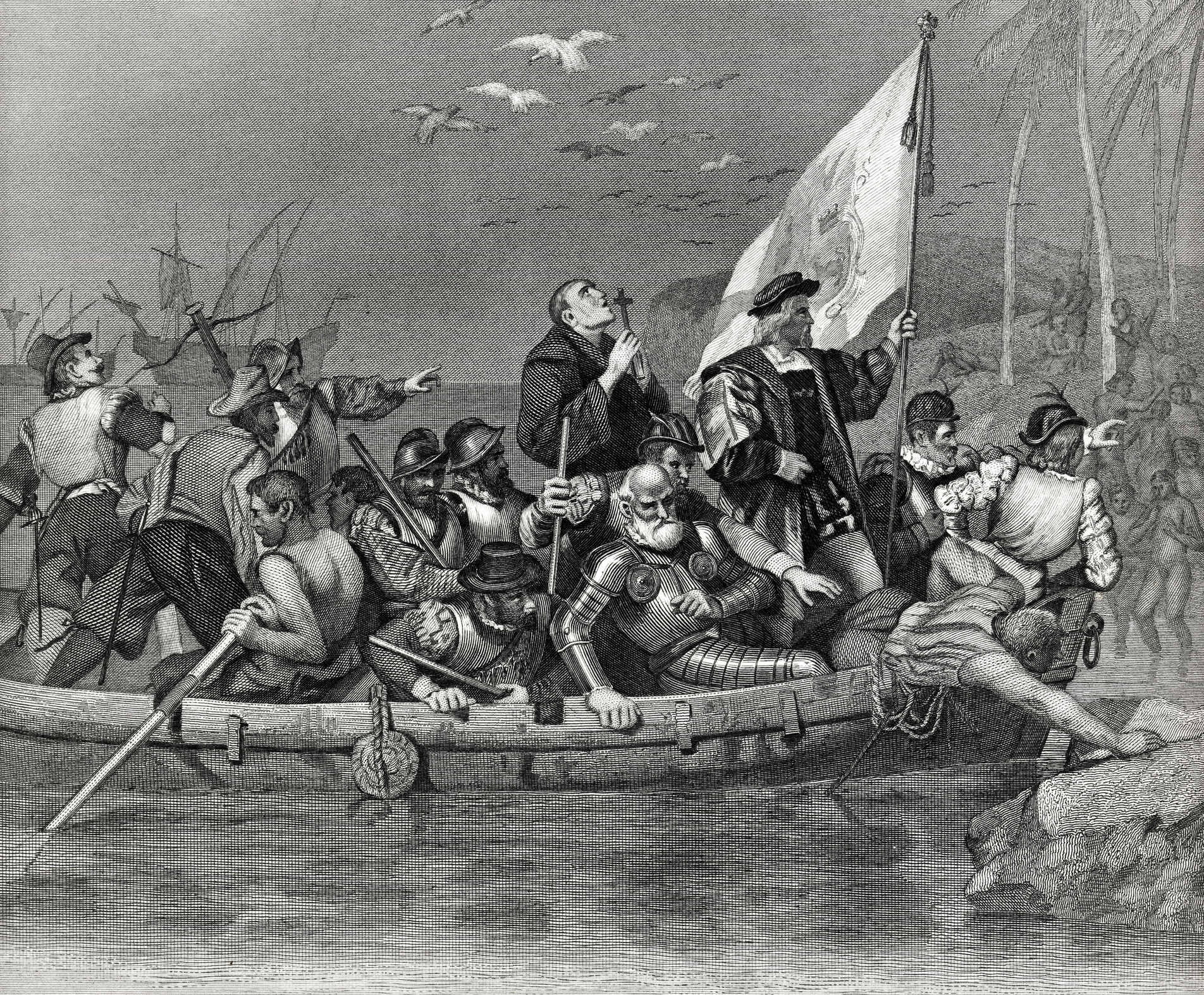
How to think about Columbus Day.
Bob Barker, longtime host of The Price is Right, passed away late this summer at the age of 99. I learned in the coverage of his death that he was part Sioux and grew up on a Sioux reservation as a boy. Intriguing and telling, I think, that this man was known to me essentially my entire life, and I did not know this basic fact about him.
There are many facts about the story of indigenous America and its relations with the European colonists who came to North America that are popularly unknown. Some of this has to do with the fact that few people bother to inform themselves about the topic. More has to do with the way that our elite culture constantly douses them in an astoundingly simplistic and moralizing narrative about that complex story. So awful is the record of the treatment of the indigenous peoples that we are gradually transitioning the holiday that once bore the name of the European explorer who captained the first major expedition here from the Old World to recognize all his purported victims.
What are some things we might do well to consider for “Indigenous Peoples Day”?
I might start by recommending a historian who has written many volumes on various pieces of this story, and from a perspective not shared by many of those who are tapped to write the official texts from which are culled the messages to pass along to the public.
Gregory Michno’s perspective is almost extinct among academic historians today. He does not call his perspective “objective” because he understands that history, done properly, cannot be viewed from nowhere. As he puts it in a book (The Three Battles of Sand Creek) on the several battles of the American military and the Cheyenne at Sand Creek:
[T]he truth becomes more elusive the deeper and more detailed we drill into the history of an event. As we move from macro history to micro history, uncovering more facts and evidence on events large and small, the more difficult it is to organize these facts into a coherent narrative—particularly when individual memories are involved. Memories are often faulty. We make poor eyewitnesses, and sometimes (often?) enhance or alter our memories without ever realizing it when additional suggestions or information is interjected after an event. Sometimes we subconsciously do what the rest of the herd does. We are slaves to our prejudices, experiences, and belief systems. Sometimes our beliefs conflict with our behaviors. For better or worse, we filter information through our individual lenses, and we sometimes don’t let truth get in the way of what we already think. We often see what we believe, and often ignore concrete evidence that contradicts what we believe.
Read a few of the approved writers on this story, though, and you get no uncertainty. It’s all horrifying massacres and oppression and genocide executed by the European side, and innocent victimhood and unrequited efforts toward peaceful coexistence by the natives.
Michno shows us that there is plenty of evidence of depravity on both sides of this long-term conflict. The natives were hardly the passive, gentle victims of Woke fantasy. In A Fate Worse Than Death: Indian Captivities in the West 1830-1885, Michno notes that European men, women, and children were often captured by indigenous tribes, and the threat of capture was a constant fact of life on the frontier for generations of Americans. Many books on the phenomenon, he goes on, too often deviate into polemical agendas, choosing ideologies over the actual testimonies of those involved or cherry-picking from those narratives to best fit the ideology. His effort, on the contrary, is to allow the narratives to tell the story that is predominant in them, which is that of the horrors of captivity. They tell a story of “killing, mutilation, abuse, and rape.” However unpleasant, those stories need to be told precisely because of the twisted ideological work that has been done in recent times, purportedly to correct for an equally distorted past understanding:
Over the past several decades there has been a dramatic shift in perception about old heroes and villains. Today, white Americans are depicted as savage and greedy barbarians, while the Indians are said to have lived in peace with ecological wisdom. These role reversals illuminate history less than they simply elevate one group at the expense of another. The old view of the good pioneer and the bad Indian was not correct, but neither is the contrary. In this collection we hope to illustrate the real threat that Indians posed on the frontier—a menace that should not be denied through sugarcoated history. The point here is not to disparage Indians, but rather to let the captives’ own words illuminate the true situation, which should then expose as charlatans those writers who would distort or deny the horrors of captivity. The historical scales need to be balanced.
History is full of examples, varied in the details but nearly identical in the broader view, of less advanced peoples being conquered and subsumed by others with superior organization and technology. The outcome almost logically follows from the equation. The story of the founding of the United States is one example of this common human narrative. To narrowly moralize it in the way typically done by academic historians is to simply ignore undeniable truths about the nature of human advancement. This does not excuse atrocities on the part of the ascendant societies, but it does help ensure we have a framework in place that will provide understanding and the possibility of real learning from history instead of woke utopian moral posturing.
The authorized histories of indigenous America love to invoke the sacred category of “difference,” or “diversity,” as the talisman that proves the moral superiority of the indigenous (who are different) and the depravity of the colonists (who fail to appreciate and embrace the difference). But more careful analyses of the notion of cultural difference understand how much more difficult the effort at mutual understanding was in the case of the European arrival in North America.
The French philosopher/sociologist Jean Baudrillard described “radical exoticism” as a form of cultural difference so extreme that it effectively prohibits mutual understanding of two cultures so separated as to find it impossible to discover any shared moral, political, or religious language in which to speak to one another. The indigenous tongues, of which there were more than a thousand with hugely complex relationships to one another, had no common roots with any of the Latin-based languages of the Europeans, which is only the start of this mutual Otherness. Baudrillard presents the meeting of the European and American worlds as a global, one-time event of two parts of maximally-divergent humanity, separated for an unprecedented period of time since the African dispersion of the race and thus distinct in more ways than any other two human groups then or since existent.
How could it not end in mutual incomprehension and the almost-inevitable consequent of that incomprehension, which is conflict? The only other alternative, Baudrillard suggests, might have been the one taken up by the Alacaluf or Kawésqar people in Tierra del Fuego, who viewed the Europeans settlers in their part of the world as “not even different” but wholly “unintelligible.” In Baudrillard’s reading, they “perish[ed] without ever allowing the Whites the privilege of recognizing them as different…[they] were simply irrecuperable.”
Whatever one thinks of the Alacaluf response to Europeans, it is clear that Baudrillard is correct about the extent of the cultural difference. If two peoples do not share a concept of moral right, it is hard to imagine them easily finding ways to coexist without their different interests working themselves out into competition and its consequences. This part of the story is too often ignored by the authorized historians, who prefer instead to endlessly blame Europeans for refusing to meet the indigenous peoples at a cultural place determined by the latter.
The inhabitants of Tierra del Fuego were almost entirely wiped out. But the ancient history of the indigenous peoples of the Americas lives on. The descendants of the Mayans still populate Central America and southern Mexico, and Native Americans, from Bob Barker to Interior Secretary Deb Haaland, contribute widely to contemporary American culture. It’s little known, but the first nonwhite American elected to national office was not Barack Obama, but Charles Curtis, Herbert Hoover’s vice president. Curtis, an Indian, grew up speaking Kaw as his first language, and as a boy witnessed an attack on his reservation by Cheyenne warriors on horseback.
Perhaps the best one can do, then, in trying to tell such an impossibly difficult story is to do the one thing almost never done in the official story of “Indigenous Peoples Day”: Acknowledge complexity, which means avoiding talking about the encounters either as the “good Europeans/bad natives” of the past or the inverse “bad Europeans/good natives” of the present woke moment. Endeavor to tell a fuller story.
The American Mind presents a range of perspectives. Views are writers’ own and do not necessarily represent those of The Claremont Institute.
The American Mind is a publication of the Claremont Institute, a non-profit 501(c)(3) organization, dedicated to restoring the principles of the American Founding to their rightful, preeminent authority in our national life. Interested in supporting our work? Gifts to the Claremont Institute are tax-deductible.
The Jewish Left backed the creation of a society that loathes them.
A new university founded on truth and honesty.
What the evidence shows about the attitudes and beliefs of the most scrutinized Americans.
The Left’s efforts against reforming New College reveal totalitarian impulses.
A once-great discipline falls into disrepair.

